21 Different Types of ‘Berries’ to Eat
Berries are any of the small, soft, and fleshy fruits that may have several seeds, but no stone or pit. With more than 400 different edible varieties out there, berries occur in a range of bright colors. Because of their juicy texture as well as sweet or sour taste, they are extensively used in jams, desserts, and spreads.
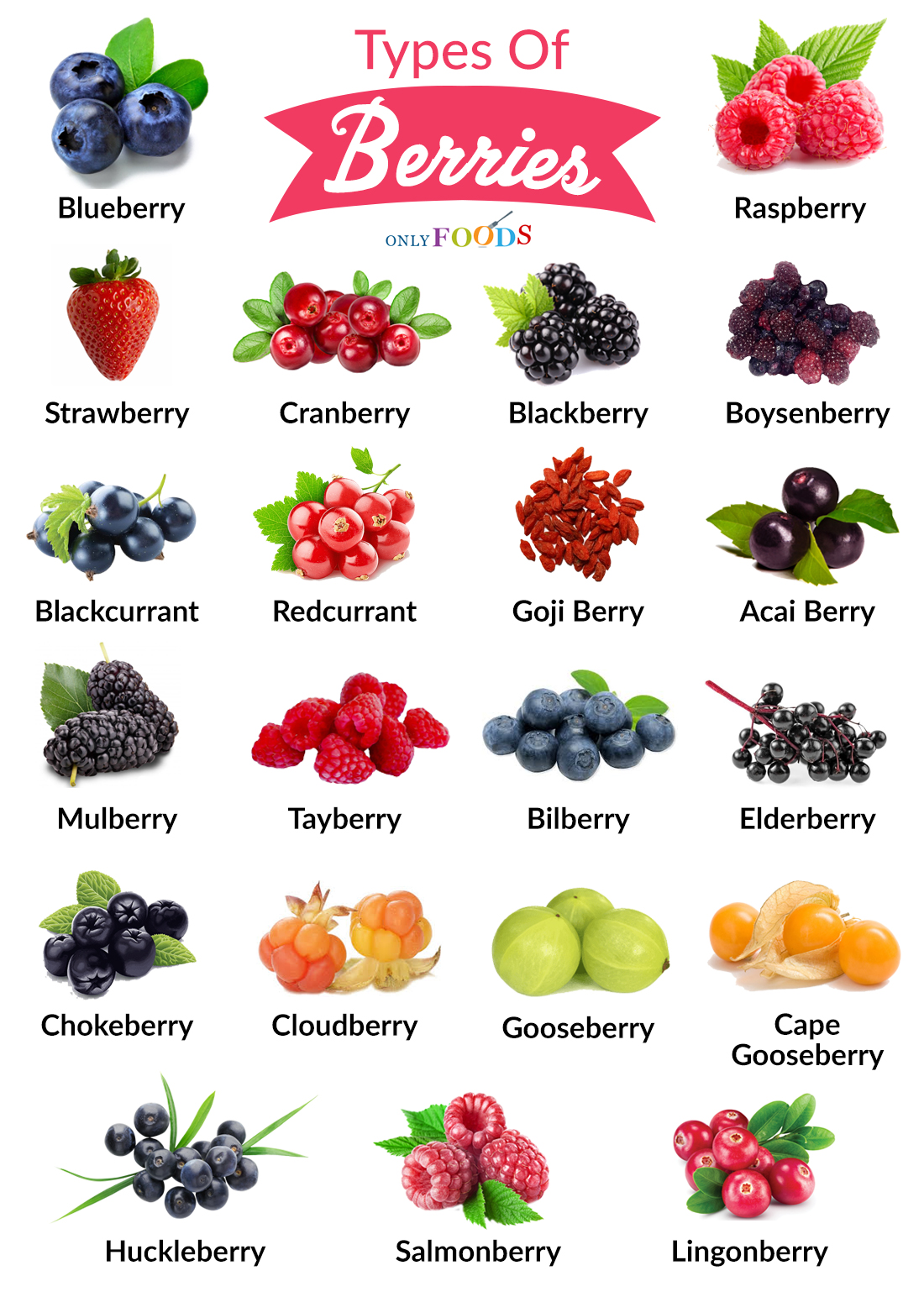
21 Different Types of ‘Berries’ to Eat
Table Of Content
Although raspberries, strawberries, and blackberries have the word ‘berry’ in their names, they are not ‘true’ berries at all. They would rightly be called aggregate fruits, because they consist of numerous individual small fruits fused together. On the other hand, pomegranates, avocados, kiwis, tomatoes, and even bananas, are actually botanically considered berries with their multiple tiny seeds. Juniper berries are another exception, as they are actually seed cones, and not true berries, of different juniper trees.
The following list includes all the best-known berry types, as well as fruits that are commonly referred to as ‘berries’.
Types of ‘Berries’ Commonly Available in Grocery Stores
1. Blueberry
These are dark sky-colored berries known for their sweet, tangy taste and juicy texture. Since they contain high amounts of vitamins, minerals, and antioxidants, the blueberries promote digestion and weight loss and possess anti-aging properties. They are typically used in muffins, pancakes, and coconut popsicles.
Calories (Per 100 grams): 57
2. Raspberry
Their vibrant red color, delightful sweet taste, and delicate texture make them a people’s favorite. Raspberries are packed with vitamin C, helping in reducing wrinkles and boosting immunity. While they are widely used in candies, baked foods, and chocolate treats like brownies, they are equally tasty when eaten fresh.
Calories (Per 100 grams): 53
3. Strawberry
These red berry-like fruits, having a seedy, juicy texture and deliciously sweet taste, are one of the most common summer fruits available in the market. Because of the high levels of vitamin C, they help improve your eye health and boost immunity. Of course, you can eat them fresh as a dessert; they are also put into jams and smoothies.
Calories (Per 100 grams): 33
4. Cranberry
These dark-red berries, native to Canada and the US, are known for their intense tart taste. They are rich in vitamin C, fiber, and antioxidants, and they help fight urinary tract infections as well as promote healthy gums. Cranberries are commonly served on Thanksgiving day and used in sauces, juices, supplements, and pancakes.
Calories (Per 100 grams): 46
5. Blackberry
These are one of the most famous summer fruits out there, being loved for their sour-sweet taste and numerous health benefits. The dark-purple berry-like fruits help reduce inflammation and improve brain function. They are generally included as an ingredient in cobblers, jams, pies, and cheesecake galette.
Calories (Per 100 grams): 43
6. Boysenberry
These are a hybrid variety produced from loganberries, dewberries, raspberries, and blackberries. They are dark reddish-purple fruits with a soft, juicy texture and sweet, floral taste. Boysenberries are often eaten raw or whipped up for use in jams, cobblers, and pies.
Calories (Per 100 grams): 43
7. Blackcurrant
These are small, glossy berries that are grown in northern Asia and northern Europe. Because of their sweet, earthy taste, they are eaten raw and also used for making syrups, juices, preserves, jams, and alcoholic beverages. They are good for your eye health and promote immunity.
Calories (Per 100 grams): 63
8. Redcurrant
They are bright red edible berries grown in North America, Asia, and Europe. These fruits have the same level of sweetness as their blackcurrant relatives, but with a higher level of tartness. Redcurrants are served raw and can be used in jams, fruit soups, puddings, and salads.
Calories (Per 100 grams): 56
9. Goji Berry
Also called wolfberry, these are exotic red berries that are commonly publicized as a superfood, which gives you a quick boost of energy. These are typically sold dried and have an intensely sweet taste combined with a slight bitterness. The goji berries are commonly used in teas, baked foods, and dark chocolate bars.
Calories (Per 100 grams): 349
10. Acai berry
They are small berries that are dark purple and have a sour-sweet flavor with a chocolate aftertaste. The acai berries are an antioxidant powerhouse, promoting weight loss and heart health. These fruits are commonly included in breakfast bowls and make a great addition to smoothies.
Calories (Per 100 grams): 70
11. Mulberry
These berries look like a longer variety of blackberry or raspberry and come in different colors, including red, purple, black, and white. They are relatively sweet and have a hint of tartness, which makes them suitable for use in jams, pies, summer puddings, and yogurt.
Calories (Per 100 grams): 43
12. Tayberry
Originating in Scotland, tayberries are a cultivated variety produced by crossing red raspberries and blackberries. These fruits are pleasingly sweeter and more bitter than loganberries. They offer numerous health benefits, including promoting healthy hair and reducing cholesterol. Tayberries are best used in jams, pies, and wines.
Calories (Per 100 grams): 25
Types of Edible Wild Berries that are Equally Amazing
Here we have some equally healthy and famous berries that are less commonly farmed and more commonly harvested from wild plants. These may be available in farmer’s markets and specialty stores.
1. Bilberry
These dark blue berries are closely related to blueberries but are darker, softer, and smaller than the latter. They are commonly consumed in France, Iceland, Finland, Sweden, Norway, Romania, and Poland. These fruits are not just eaten fresh but also used in juices, pies, jams, fools, sorbets, and liqueurs.
Calories (Per 100 grams): 44
2. Elderberry
They are a dark brown or black variety of small, round berries known for their pleasantly sour taste and floral aroma. Because of their rich vitamin A and C contents, they are good for fighting low blood sugar and boosting immunity. These berries are typically used in ice creams, jams, juices, and syrups.
Calories (Per 100 grams): 73
3. Chokeberry
These black colored fruits also called Aronia berries, have an appearance similar to blueberries. Chokeberries have high levels of tannins because of which they taste sour. They have immune-boosting properties, helping in lowering blood pressure and improving eyesight. They are typically used in teas, juices, and wines.
Calories (Per 100 grams): 47
4. Cloudberry
These small winter fruits resemble orange raspberries, possessing a sharp sour taste. They naturally grow in Scandinavia, where they are highly valued for their rich nutrient content. The cloudberries have a creamy, tart flavor and are incorporated in cakes, jams, and liqueurs.
Calories (Per 100 grams): 51
5. Gooseberry
The gooseberries are one of the sourest berries usually possessing green skin, but red, white, and yellow variants also exist. They have a unique sweet, tart taste, for which they are best used in cobblers, cooked sauces, and desserts. These berries, being a rich source of antioxidants, boost metabolism, and promote healthy bones.
Calories (Per 100 grams): 44
6. Cape Gooseberry
These berries, commonly grown in South America, South Africa, India, and China, are also known as rasbharies, Inca berries, and goldenberries. They are somewhat sweet when ripe and have an orange skin with a slightly crunchy texture. Cape gooseberries are used in pies, chutneys, puddings, jams, ice creams, and fruit-based sauces, or consumed fresh in salads.
Calories (Per 100 grams): 53
7. Huckleberry
These small, dark-blue berries, also called European blueberries in some countries, have lesser sugar and carbs than their close relative blueberries. They are known for their distinct woodsy taste and can be used for making baked foods like cakes, as well as for candies and pudding.
Calories (Per 100 grams): 37
8. Salmonberry
They are vibrant orange or golden berries that have an appearance similar to raspberries. The salmonberries are characterized by a combination of herbaceous and floral tastes, making them suitable for use in desserts, syrups, and jams. Since they have considerable amounts of fiber and protein, these berries lessen stomach problems.
Calories (Per 100 grams): 47
9. Lingonberry
These are another dark red berry variety known for their intense sour taste. Since they have high levels of fiber, lingonberries help lessen spikes in blood sugar. They make a mouthwatering snack when paired with sweet-savory dishes, juices, and sauces.
Calories (Per 100 grams): 39
Other Less Common Yet Equally Delicious Varieties of Berries
- White currant
- Silvan berry
- Dewberry
- Loganberry
- Black raspberry
- Marionberry
- Juneberry
FAQs
Ans. Cherries are not berries, but fleshy drupes that have one central stone or seed.
Ans. Some of the healthiest berries that you can eat are blueberries, strawberries, raspberries, and cranberries.
Ans. Yes, frozen berries retain the same level of vitamins, minerals, and other nutrients as when they are fresh. In fact, research from South Dakota University has shown that blueberries, when frozen, provide you with more antioxidants than when the berries are fresh.
- by Joydeep Ghosh
- August 5th 2020

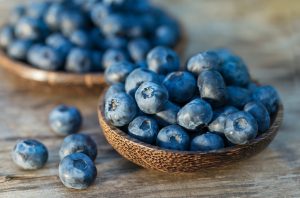

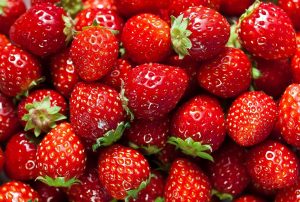
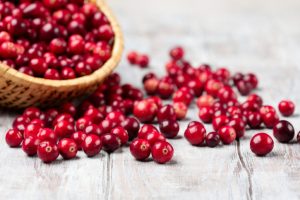
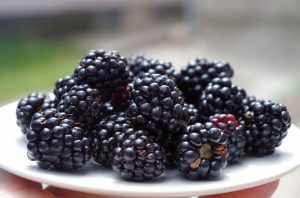
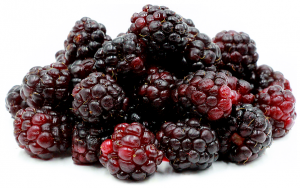
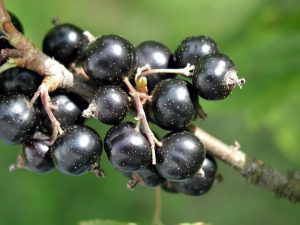


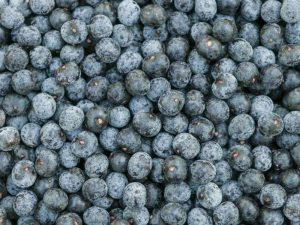
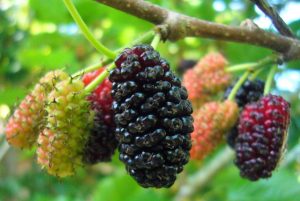

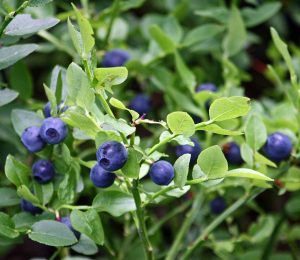
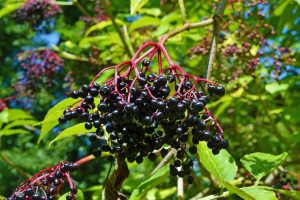
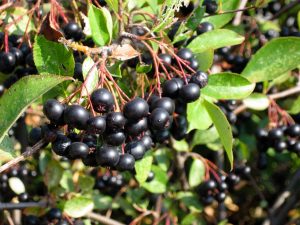

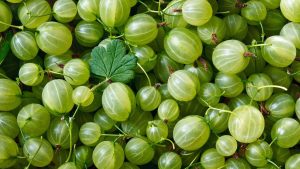
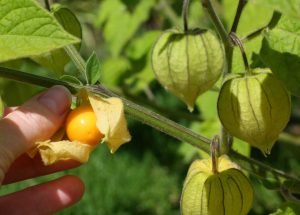

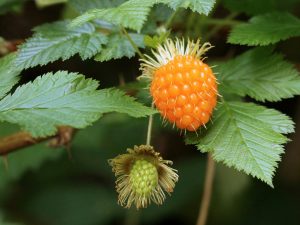

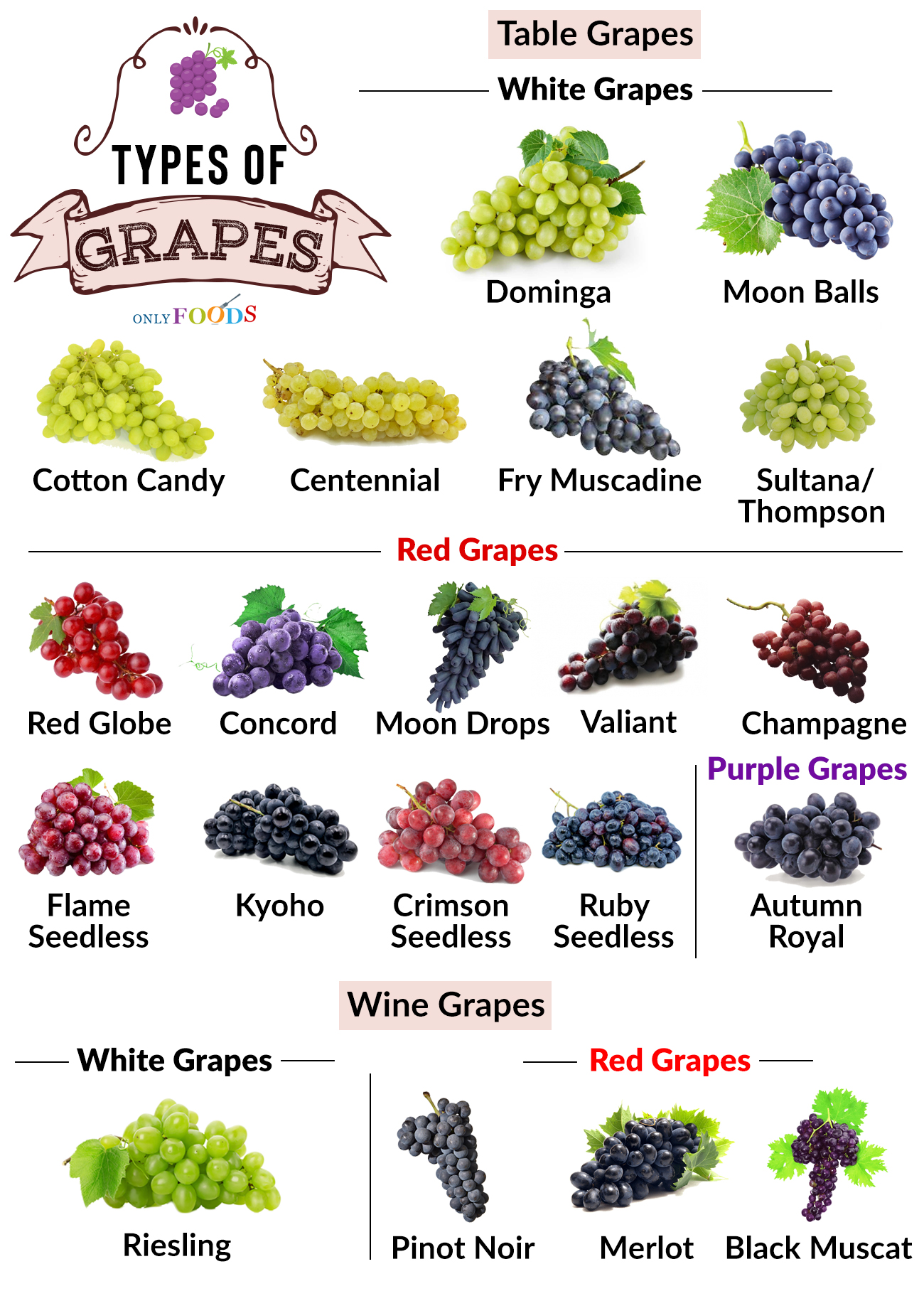
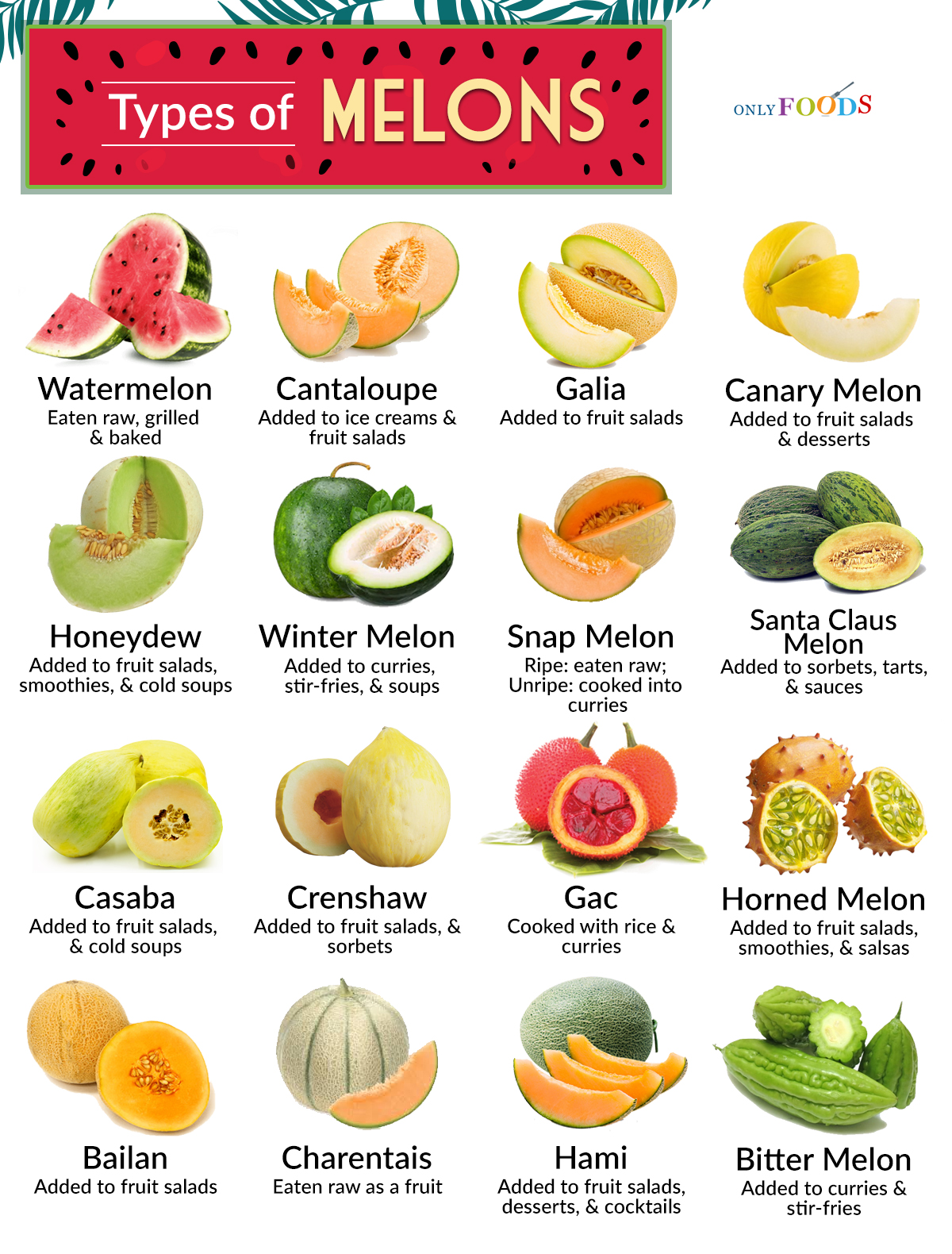
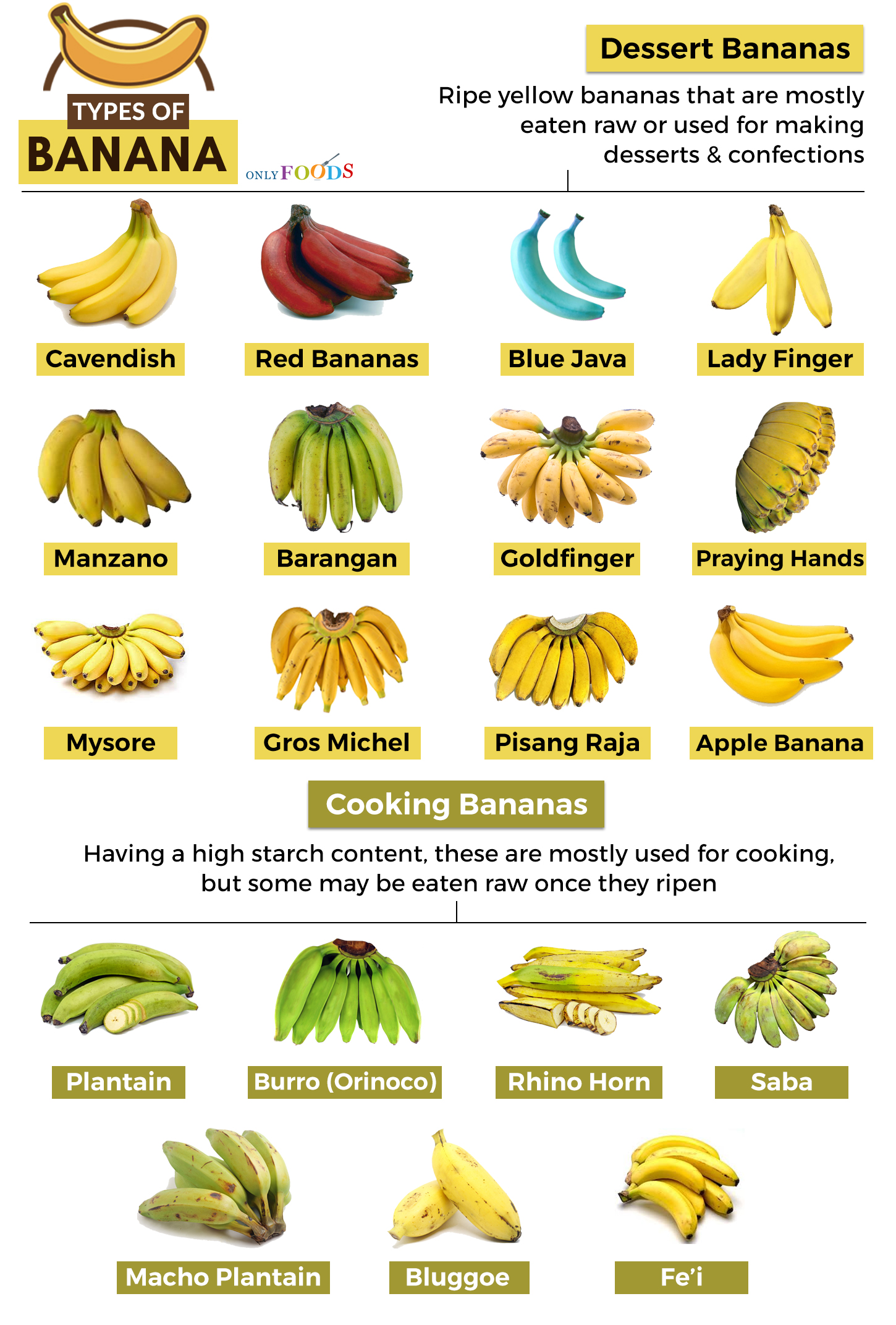
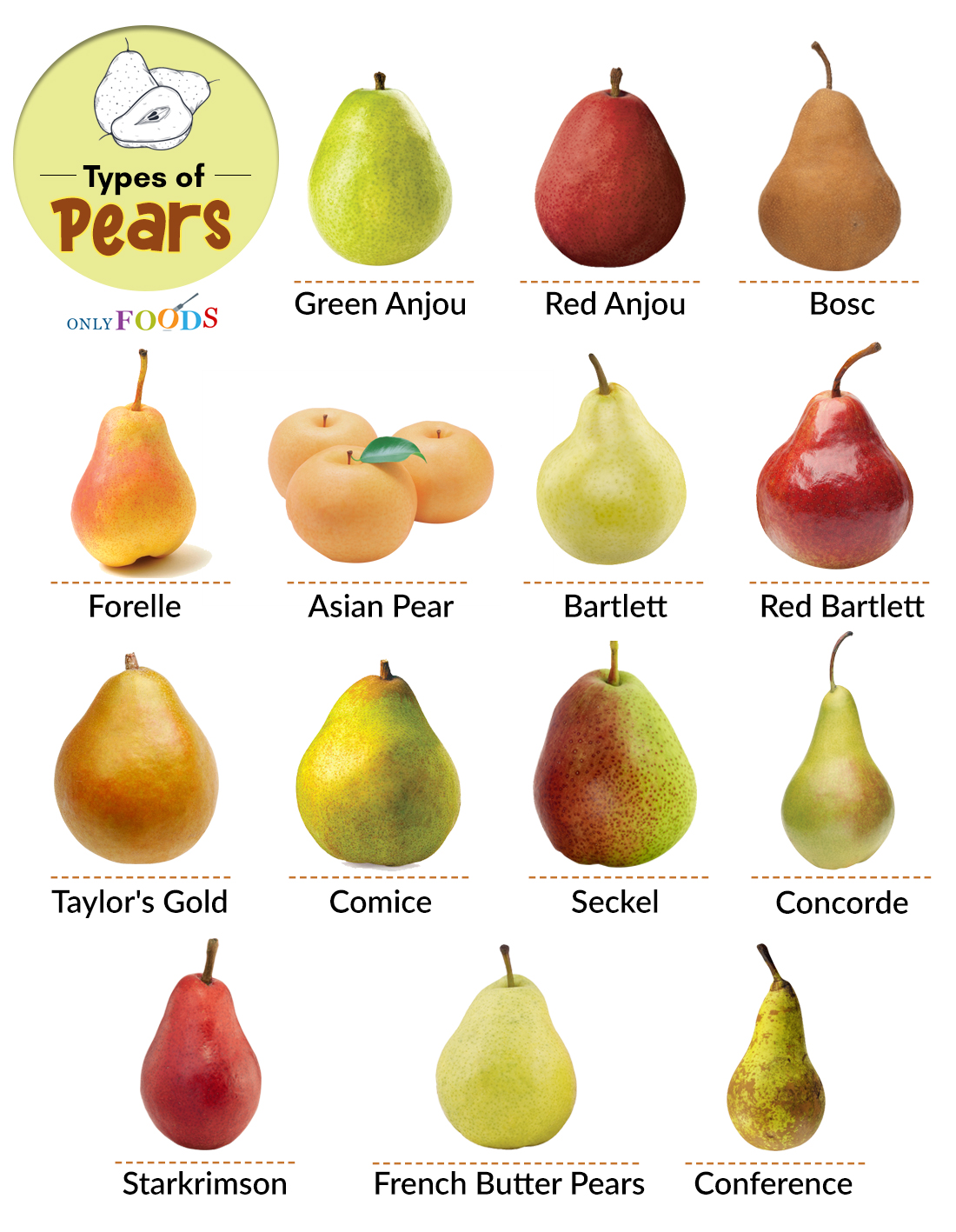















Leave a Reply